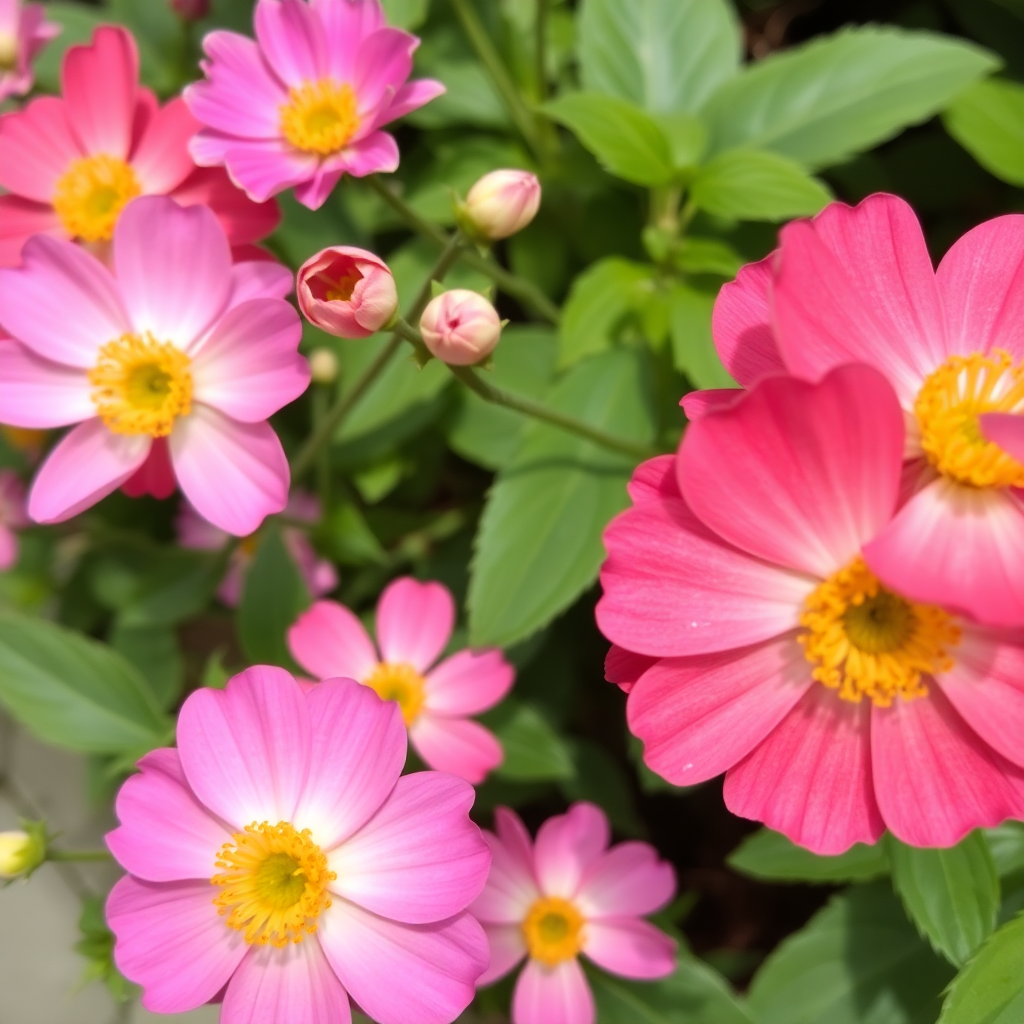How are flowers mentioned in the Bible and what symbolic meanings do they hold in Christian traditions?
Just as flowers bloom anew each spring, Christians believe they too will experience new life through Christ, as exemplified in 2 Corinthians 5:17, where it is declared, "Therefore, if anyone is in Christ, the new creation has come: The old has gone, the new is here!"
The Bible references flowers in multiple contexts, using them as metaphors and symbols to convey profound spiritual truths. These floral representations enable believers to explore concepts such as beauty, fragility, divinity, and renewal, enriching their understanding of God's creation and their relationship with Him. In this blog post, we will explore how flowers are mentioned in the Bible and the symbolic meanings they carry within Christian traditions.
Biblical References to Flowers
The Bible features numerous mentions of flowers, often employing them to illustrate deeper spiritual messages. One of the most notable references appears in the book of Matthew 6:28-29, where Jesus states, "And why take ye thought for raiment? Consider the lilies of the field, how they grow; they toil not, neither do they spin: And yet I say unto you, that even Solomon in all his glory was not arrayed like one of these." Here, the lilies serve as a reminder of God's provision and care for His creation, encouraging believers to trust in Him rather than worry about earthly concerns.
The book of Song of Solomon also contains vivid imagery of flowers, celebrating love and beauty. Phrases such as "I am the rose of Sharon, and the lily of the valleys" (Song of Solomon 2:1) draw on the visual appeal of flowers to evoke the feelings of love, intimacy, and beauty found in relationships. Similarly, flowers are often used in biblical poetry to symbolize a variety of emotions and experiences, resonating with the human condition in its beauty and fragility.
In addition to these positive portrayals, the Bible also refers to flowers in the context of mortality. In Isaiah 40:6-8, it states, "All flesh is grass, and all the goodliness thereof is as the flower of the field. The grass withereth, the flower fadeth: because the spirit of the Lord bloweth upon it: surely the people is grass." This passage uses flowers as a metaphor for the fleeting nature of human life, highlighting our mortality in contrast to the everlasting nature of God's word.

Symbolic Meanings of Flowers in Christian Traditions
One of the most prevalent symbolic meanings associated with flowers is beauty. Flowers are seen as a reflection of God's artistry and creativity. Just as God has adorned the earth with flowers, so too has He endowed humanity with inherent beauty, being created in His image. This connection inspires believers to appreciate the beauty of creation and to cultivate beauty in their lives, both physically and spiritually.
Another significant theme tied to flowers is the notion of resurrection and new life. The cyclical nature of floral growth—blooming in spring, wilting in summer, and resting in winter—mirrors the seasons of life and spiritual renewal. In Christianity, flowers symbolize hope and resurrection, particularly in relation to Jesus' resurrection. Just as flowers bloom anew each spring, Christians believe they too will experience new life through Christ, as exemplified in 2 Corinthians 5:17, where it is declared, "Therefore, if anyone is in Christ, the new creation has come: The old has gone, the new is here!"
Moreover, the rose is perhaps one of the most emblematic flowers in Christian symbolism. The rose, often associated with the Virgin Mary, represents purity, love, and the beauty of the divine. Many Christian traditions celebrate the "Mystical Rose" as a title for Mary, acknowledging her role in salvation history. The thorns of the rose can serve as a reminder of Christ's suffering and the trials endured in life, which can ultimately lead to deeper spiritual growth and intimacy with God.
Lilies also hold particular significance within Christian traditions. The Easter lily, for example, signifies Christ's resurrection and the hope of eternal life. In many cultures, lilies are considered pure and symbolize the presence of God, serving as a reminder of the holiness of His character. This connection to purity and holiness is beautifully depicted in the phrase "the lily among thorns," found in Song of Solomon, representing the beauty of a righteous person in a sinful world.
Flowers in Worship and Rituals
Flowers are not only significant in biblical texts; they also find a place in church worship and rituals. Many churches adorn altars with flowers during significant liturgical celebrations, particularly Easter and Pentecost, to symbolize the joy and hope these events represent. The vibrant colors of flowers can enhance the worship experience, inviting attendees to engage their senses and reflect on the beauty of God's creation.
Additionally, flowers often feature in Christian ceremonies, such as weddings and baptisms, symbolizing love, purity, and new beginnings. In weddings, floral arrangements often reflect the couple's love and commitment, reinforcing the concept that marriage is a beautiful covenant before God. In baptisms, flowers can represent new life and renewed faith as candidates enter into the family of God.
Conclusion
Through flowers, believers find a profound connection to both the physical world and the divine, enriching their faith and enhancing their worship as they celebrate the beauty of God’s creation and the promise of eternal life.